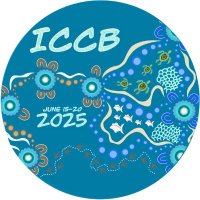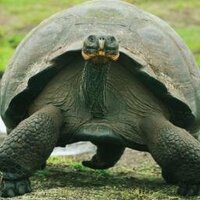
SCB - Europe Region
@scbeurope
Society for Conservation Biology - Europe Region
#biodiversity #climatechange #nature @Society4ConBio
Conferences, webinars, policy and scientific journals!
ID: 3371186242
http://conbio.org/groups/sections/europe 11-07-2015 18:35:32
5,5K Tweet
2,2K Takipçi
1,1K Takip Edilen




New on European conservation science: Long-term effects of fragmentation (patch density) on metapopulation dynamics of Åland Islands Glanville fritillary 🦋 in 🇫🇮 are positive. Small patches can contribute to conservation! Galán-Acedo et al. Conservation Letters doi.org/10.1111/conl.1…



New on global conservation science: What's destructive fishing really? In short: "practice causing irrecoverable habitat degradation, adverse environmental impacts, long-term species declines & negative livelihood impacts" McCarthy et al. Conservation Letters doi.org/10.1111/conl.1…


New on global conservation science: Values & expectations define conservation planning. Conservation planners used value-focused thinking to evaluate the underlying drivers of planning, resulting in more impactful outcomes. Martin et al. Conservation Science and Practice doi.org/10.1111/csp2.1…



New on global conservation science: Elements of successful decision-making: set measurable objectives, list assumptions and consider constraints, uncertainty & trade-offs. <1/2 of published conservation examples include all. Beher et al. Conservation Science and Practice doi.org/10.1111/csp2.1…


📣📣all SCB members in Europe, opportunity to influence SCB - Europe Region: vote for next President-Elect by August 30th (link in your email). The elected person will later become President of Europe Region. Candidates are Laura Bosco Laura Bosco & Stephen Venn Stephen Venn


What should SCB - Europe Region look like in the future? If you're a member, you can influence that future by voting for president-elect who will become the society's next president (upon board's approval).

New on European conservation science: Identifying & prioritizing stepping stones for 🇦🇹 forests needs to be done in a regional context and not only value the connecting of areas but also the biodiversity of stepping stones. Lapin et al. Conservation Science and Practice doi.org/10.1111/csp2.1…


New on global conservation science: Modeling global eBird data shows that occupancy of >400 raptors decreases with human land modification and large raptors' have lower occurrence probability in croplands 🦅 Zhang et al. Conservation Biology doi.org/10.1111/cobi.1…



New on global conservation science: Geomorphology is rarely considered in conservation. River-floodplains show an example why interactions between biota & erosion/deposition processes should receive get in science & practice. Cienciala Conservation Biology doi.org/10.1111/cobi.1…




New on global conservation science: Where to protect functionally rare, evolutionarily distinct & globally endangered species? New index identifies priority areas for 21,536 vertebrates in Madagascar, Central America and the Andes. Cui et al. Conservation Biology doi.org/10.1111/cobi.1…



New on European conservation science: Are 🏔️s really less modified by humans & more protected? 1/2 of global mountain regions, incl. the Alps, have a similar fragmentation degree as global average & 1/3 have <30% protected. Theobald et al. Conservation Biology doi.org/10.1111/cobi.1…



